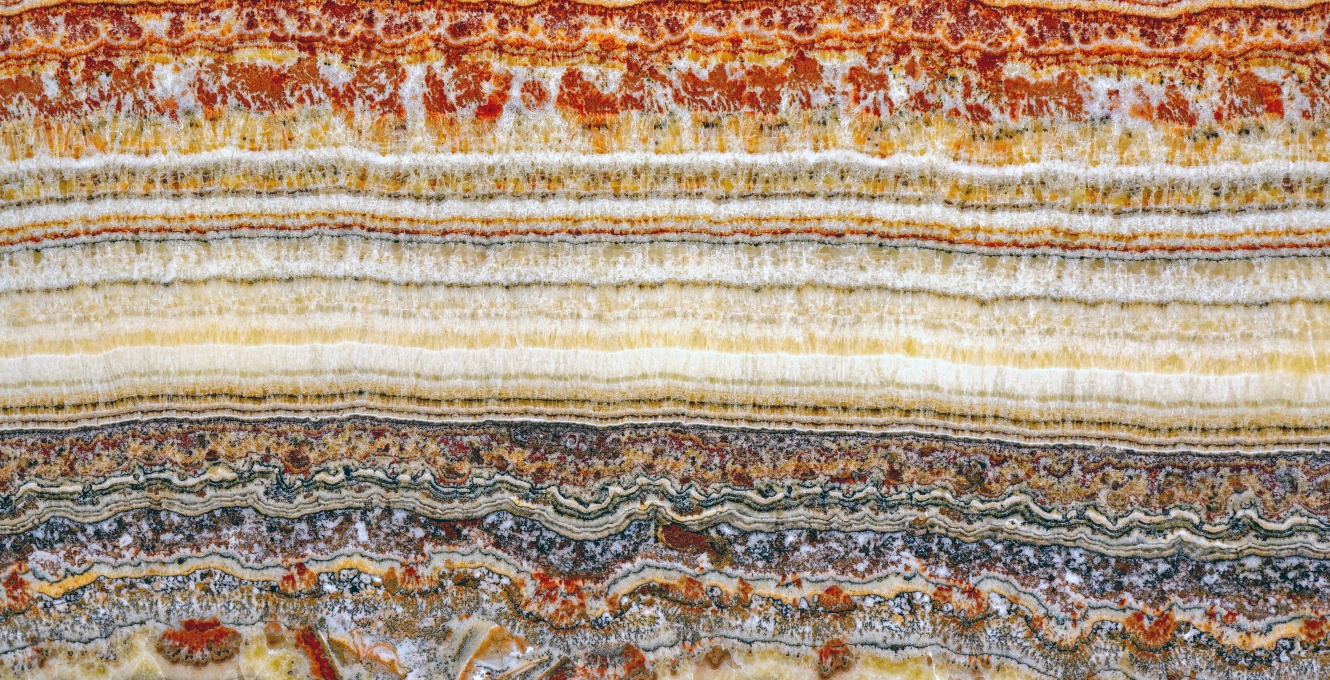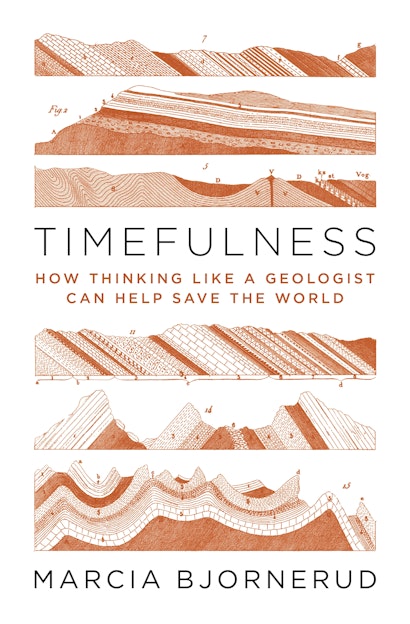A sheepish admission: I intermittently check the reviews of my books posted by readers on the website of an online retail behemoth. I smile at benevolent judgments, cringe at misspellings and misreadings, wonder whether some of the more generic entries were written by bots, and occasionally obsess about comments that get under my skin. A few weeks ago, in a generally positive review of my PUP book Timefulness: How Thinking Like a Geologist Can Help Save the World, a reader commented that the tone of the text was “grandmotherly”.
In an instant, several thoughts collided in my head. The first was indignation – I’m not a grandmother! Nanoseconds later, I reminded myself that as a fifty-something mother of three sons I certainly could be (and in fact hope to be in a few years). Next, I chastised myself for falling into the very trap of vanity-rooted time denial that my book exhorts us all to avoid. And then, my mind moved to the question of what exactly “grandmotherly” means in our culture, and whether a reader would apply the word “grandfatherly” to a work written by a male scientist in his 50s. On that count, I felt less sure about the right answer.
So many words for women in our culture are tinged with accusation or insult: “mistress” is freighted in a way that “master” is not; “dame” has been demoted to slang (and has horsy connotations) but “sir” hasn’t; “matronly” is not exactly a compliment. And I chafe, as a “Fellow” of a couple of professional organizations that there is no obvious female equivalent: Am I a “Gal of the Geological Society of America”?
But as I turned the word “grandmotherly” over in my mind, viewing it from all sides, I saw mostly respect: acknowledgment of experience, persistence, hard-won wisdom, and the right to a voice that should be heard and heeded. The fact is that there are far too few grandmothers in any of the sciences and certainly the geosciences in particular. There was Mary Anning (1799-1847) of Lyme Regis, discoverer of Jurassic sea monsters and arguably the first professional paleontologist; geophysicist Inge Lehmann (1888-1993), who showed that the Earth’s inner core is solid, a discovery essential to understanding the planet’s magnetic field; Marie Tharp (1920-2006) who created the first maps of the deep seafloor – more than half of Earth’s surface; Tanya Atwater (born 1942) who worked out the tectonic evolution of western North America over the past 60 million years.
But I personally had no senior female mentors in my undergraduate and graduate school years. And according to the American Geological Institute, even today women represent only 15% of the full professors in the geosciences in US universities[1]. I wasn’t fully aware of it as a student, but I see now that the absence of academic grandmothers was an impediment to my own development as a scientist. There were no exemplars for how to be taken seriously in an overwhelmingly male, highly competitive work environment; no instructions for how to synchronize biological and tenure clocks; no reassurances that success was even possible. In graduate school, the small cohort of women in my program supported each other but on our own could not allay the chronic anxieties we all shared. How different our experiences as young scientists would have been with just one grandmotherly figure to turn to.
So, if I am now being bestowed the mantle of grandmother, honoris causa, I humbly accept. Perhaps one day, our most esteemed scientists, both male and female, will be recognized with that most coveted of all awards: “Grandmother of the National Academy of Sciences”.
Marcia Bjornerud is professor of geology and environmental studies at Lawrence University. She is the author of Reading the Rocks: The Autobiography of the Earth and a contributing writer for Elements, the New Yorker’s science and technology blog. She lives in Appleton, Wisconsin.

